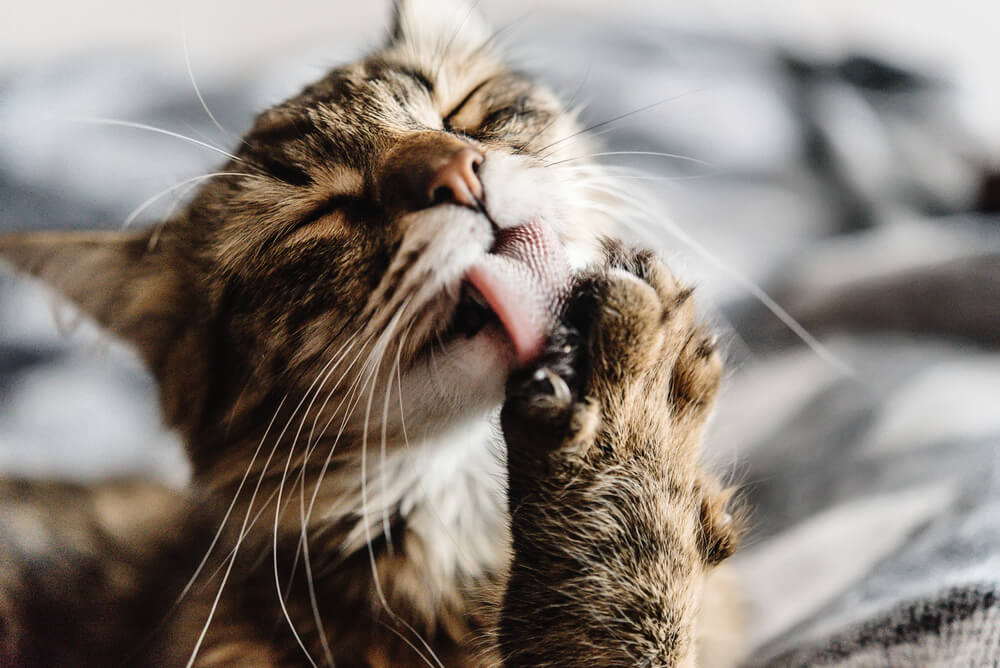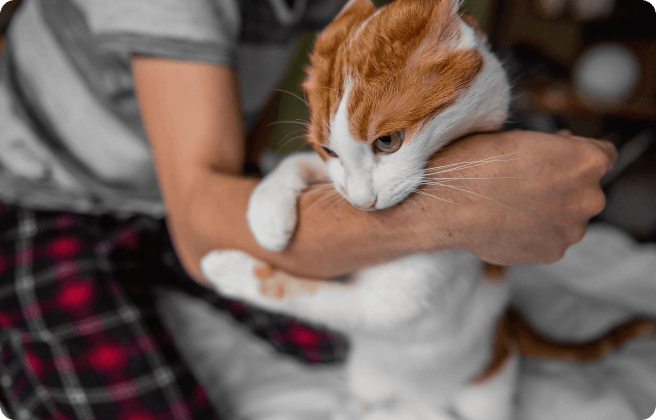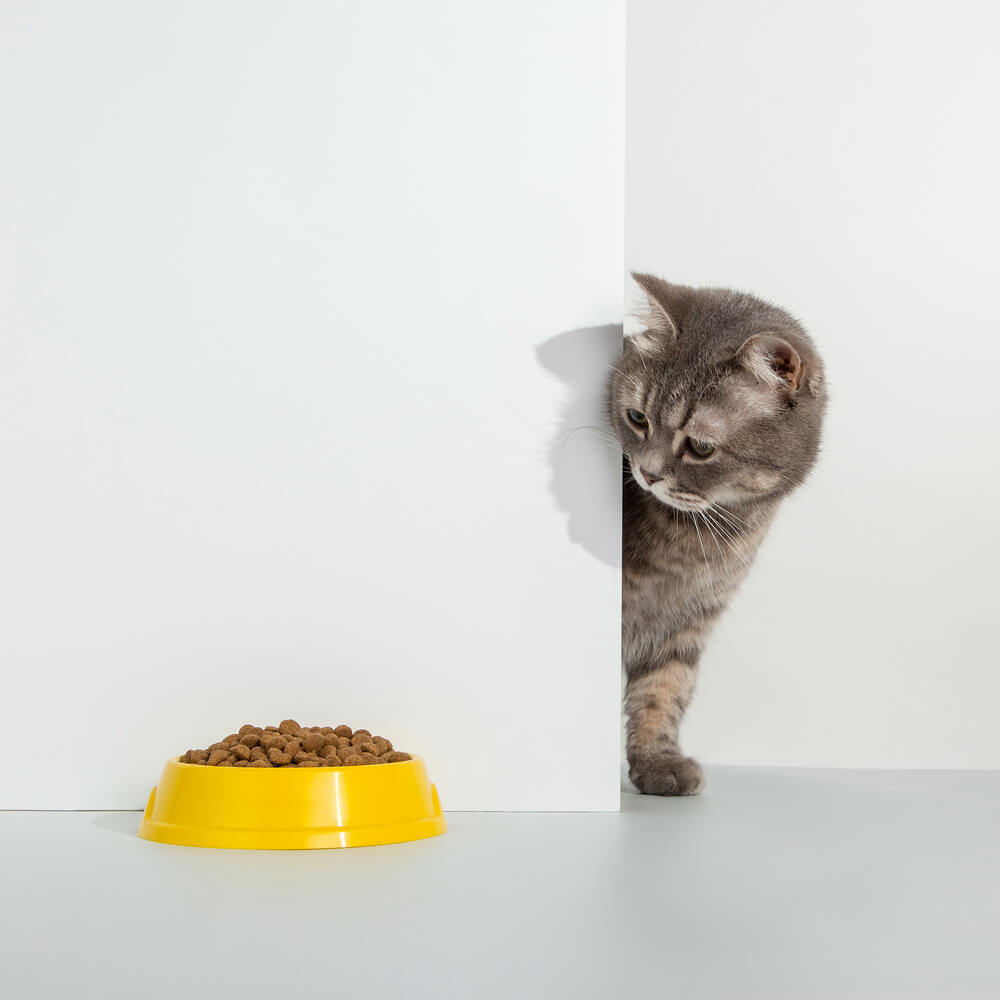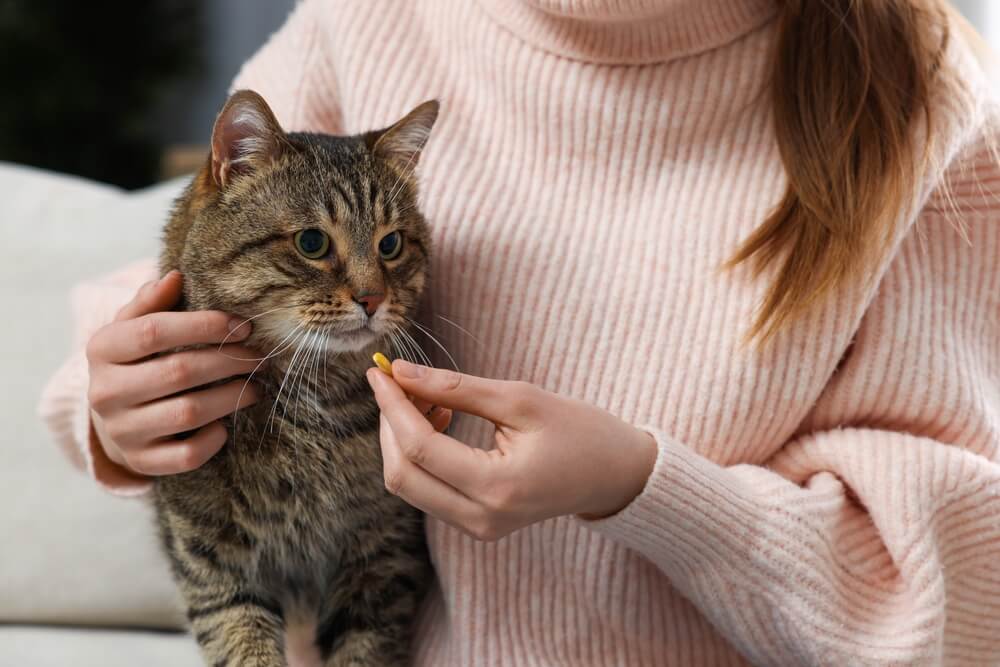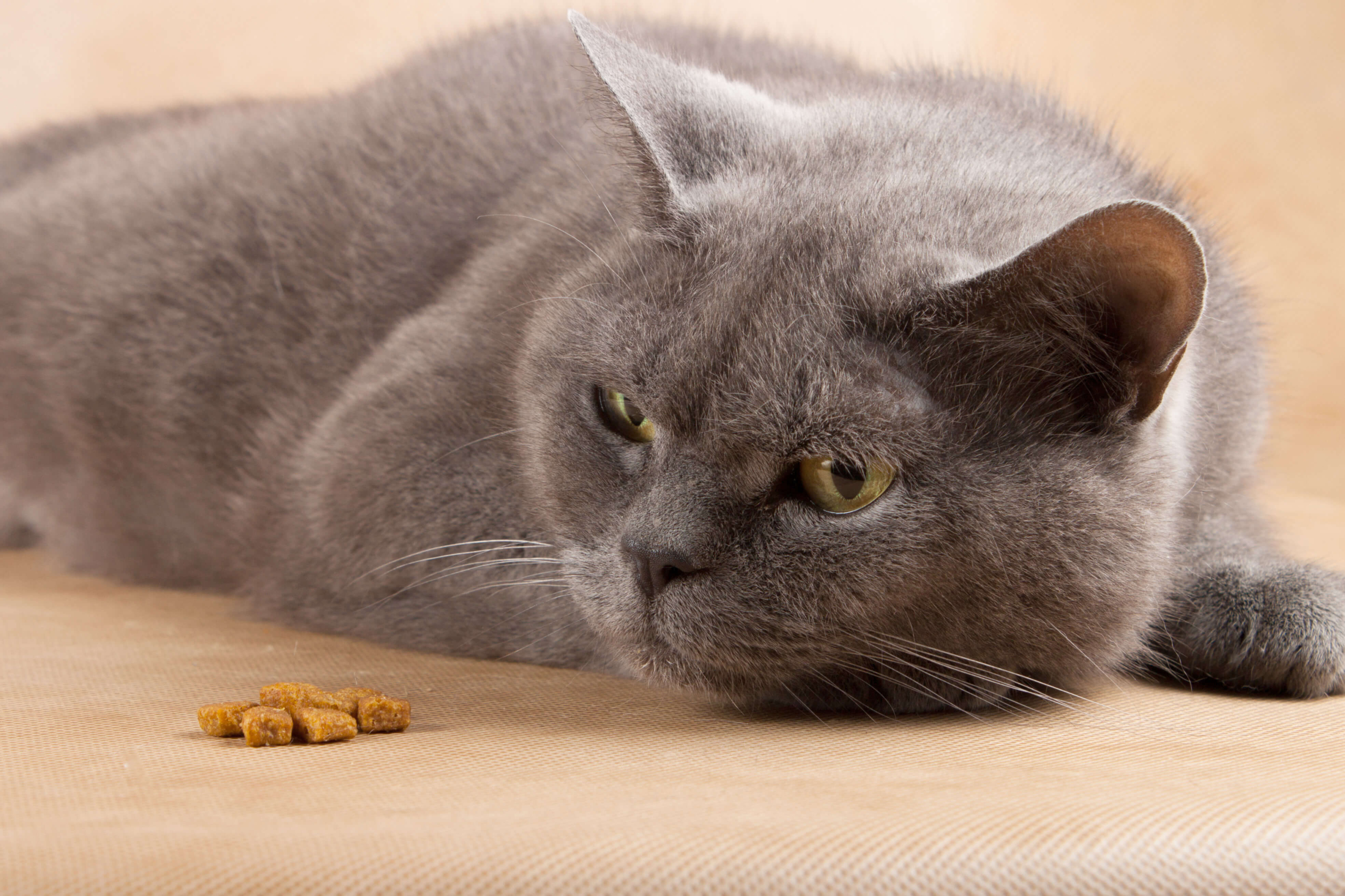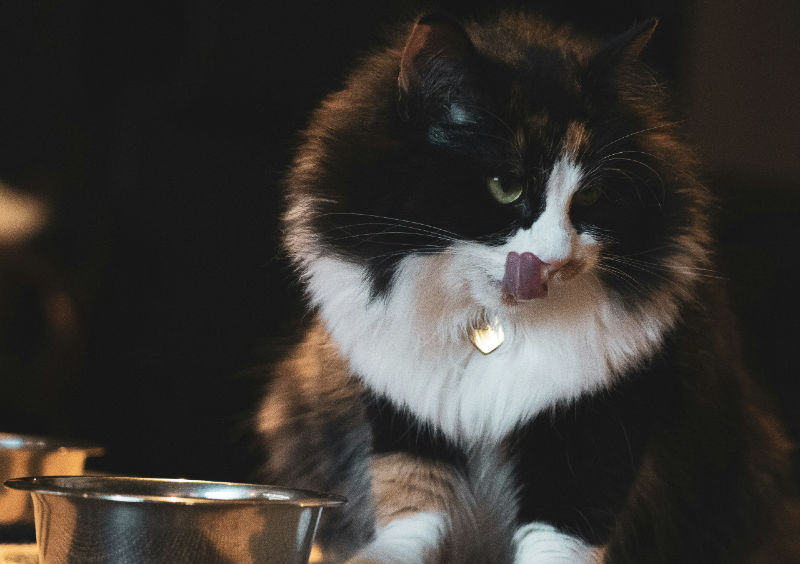
Even if you’re feeding your cat a complete and balanced diet, when you scan the ingredients list of your cat’s preferred brand, you might see one or two items that you’re not familiar with.
One of these might be sodium selenite.
What is sodium selenite?
Selenium is an essential nutrient that cats can’t live without. It aids bodily processes such as thyroid function, boosts the immune system and keeps cells healthy.
If a cat’s selenium levels drop too low, it can affect their health by weakening muscle strength, affect their reproductive system or lead to heart health problems, so it’s important your cat gets enough selenium. The AAFCO recommends a minimum of 0.3 mg of selenium per kg of dry matter in adult cat food1.
So how do you get selenium into cat food?
This is where sodium selenite comes in. It’s an inorganic salt formed from selenite and salt, and is a widely used way to provide cats with selenium, as it’s easily absorbed. As a result, you’ll find it in most cat food, within safe limits.
The maximum amount a manufacturer is permitted to put in the food, as stated by the AAFCO, is 2 mg/kg. This is because if a cat has too much sodium selenium, it can be toxic, and result in vomiting, diarrhea, fur-loss or even neurological damage.
Studies have shown that cats’ bodies are efficient at excreting excess selenium in the urine rather than storing it in the kidneys like dogs do2 and, as a result, can tolerate higher levels than canines.
To be clear — any mineral can be toxic to cats if they ingest too much of it, so sodium selenite is not unusual in this respect.
But it will need to be an unusually high level for it to have a serious effect on your cat.
However, this is what makes it a controversial ingredient, as some cat parents believe that inorganic forms of selenium, such as sodium selenite, are harder for a cat to safely tolerate than organic forms such as those found naturally in meat, fish or yeast.
This is following a 1987 study that found that sodium selenite was 2.94 times more toxic than natural selenium yeast in rats3.
An additional study from the same year4 found that rats fed a diet high in sodium selenite had cirrhosis of the liver and thicker ventricular walls of the heart when compared to rats fed the same amount of selenite yeast5.
However, it would require a large amount of sodium selenite to poison your cat, and due to the strict AAFCO limits, the amount added to food is designed to keep your cat healthy and well-nourished.
Sometimes you may not see selenium listed on the ingredients — if that’s the case, you might need to contact the manufacturer directly to find out the numbers.
- https://www.petcoach.co/article/cat-food-standards-by-the-aafco/%EF%BB%BF ↩︎
- https://pubmed.ncbi.nlm.nih.gov/22307479/ ↩︎
- Vinson, J.A. and Bose, P., ‘Comparison of the Toxicity of Inorganic and Natural Selenium’ in `Selenium in Biology and Medicine’, Edited by: Combs, G.F., Levander, O.A., Spallholz, J.E. and Oldfield, J.E. Van Nostrand, NY., 1987 ↩︎
- Spallholz and Raftery (1987) ↩︎
- https://www.cabidigitallibrary.org/doi/pdf/10.5555/20063210012 ↩︎
We uphold the highest editorial standards when creating the authoritative content pet parents rely on and trust.
Every piece of clinical content on the Cat Food Advisor is reviewed by our certified Veterinary Advisory Board, which consists of licensed veterinarians and medically certified specialists.
Our reviews are completely independent; we are not paid by any pet food company to promote their products favorably. We do not accept money, gifts, samples or other incentives in exchange for special consideration. For more information see our Disclaimer & Disclosure page.




